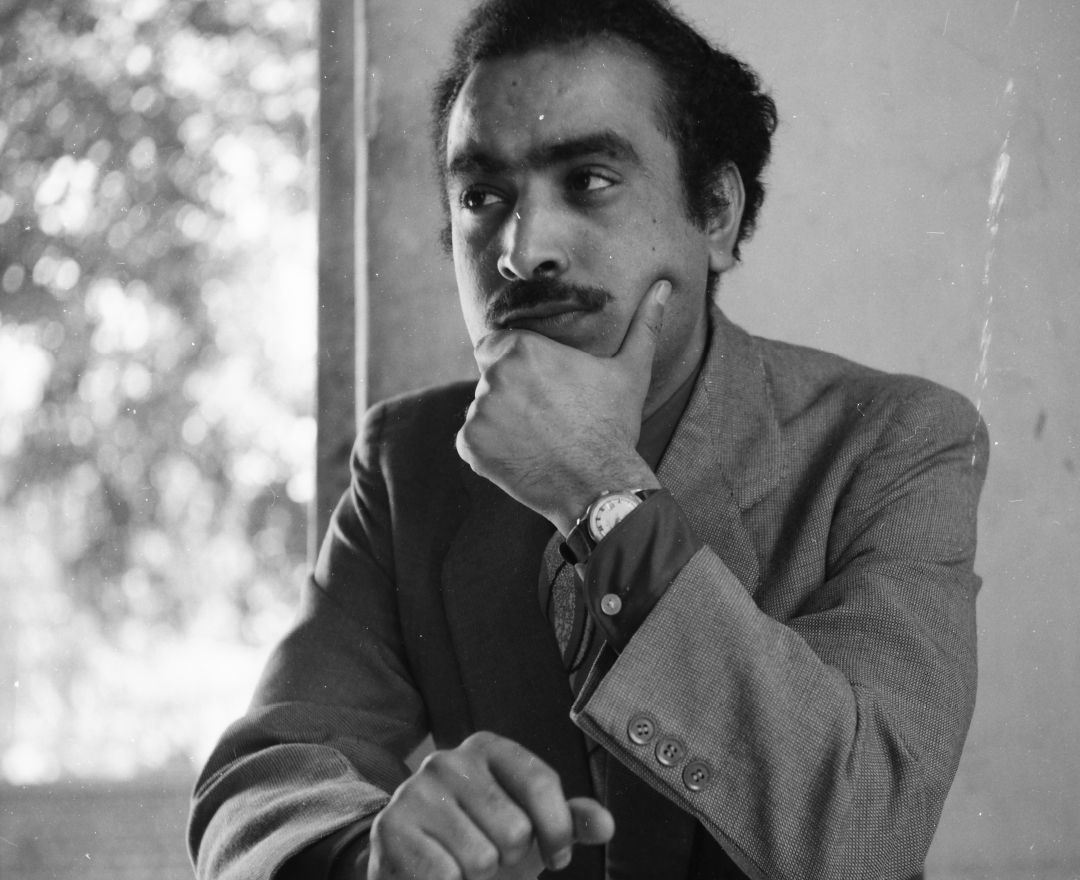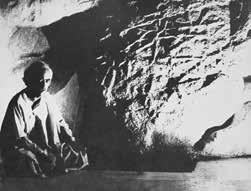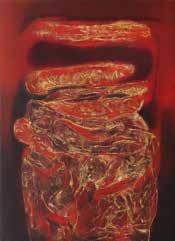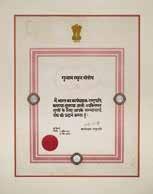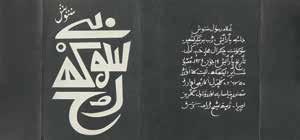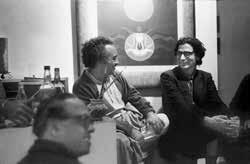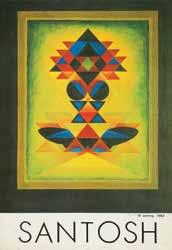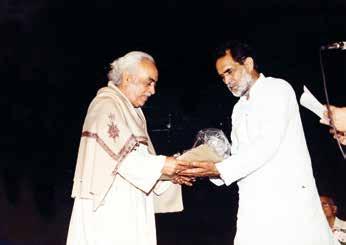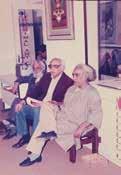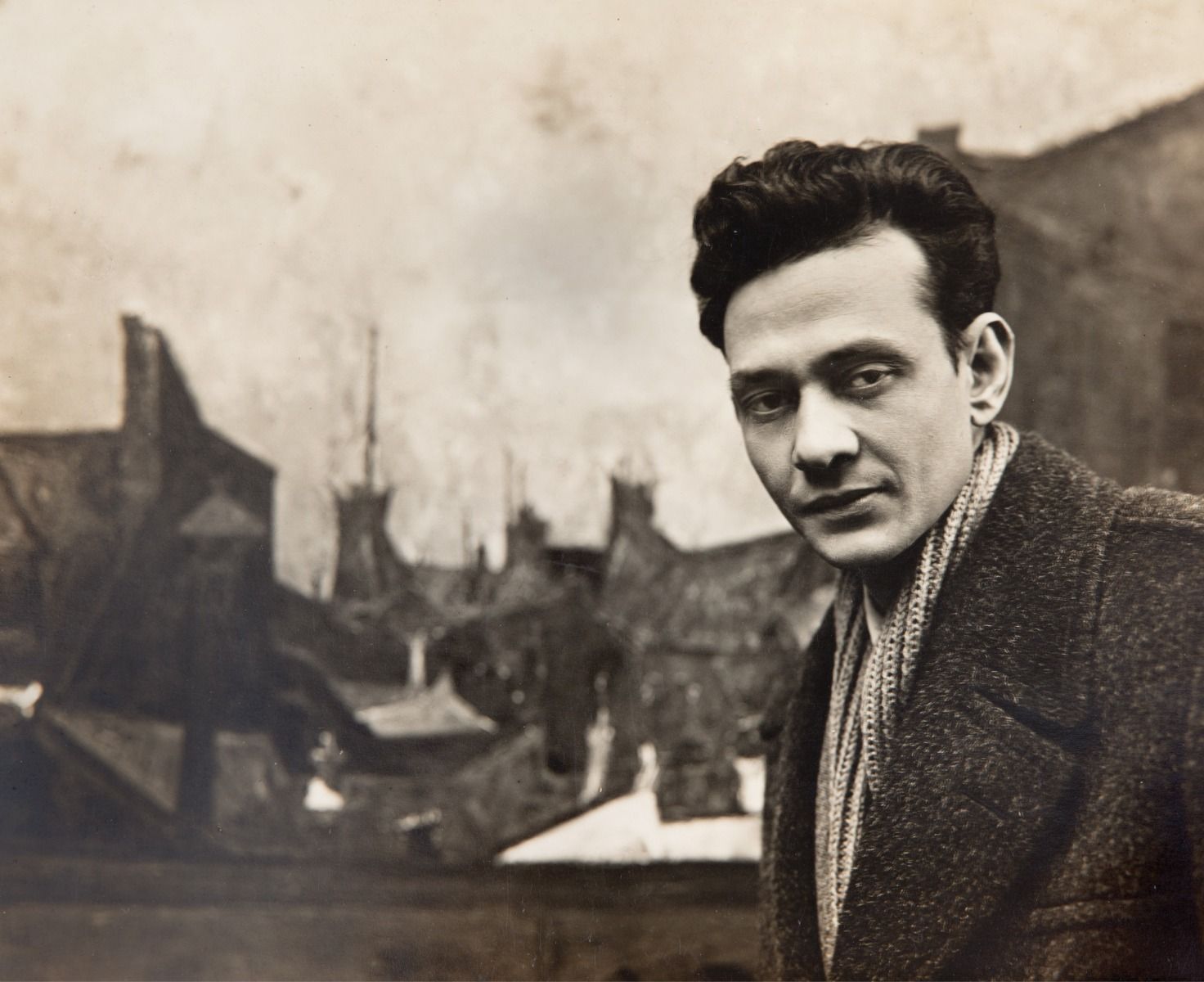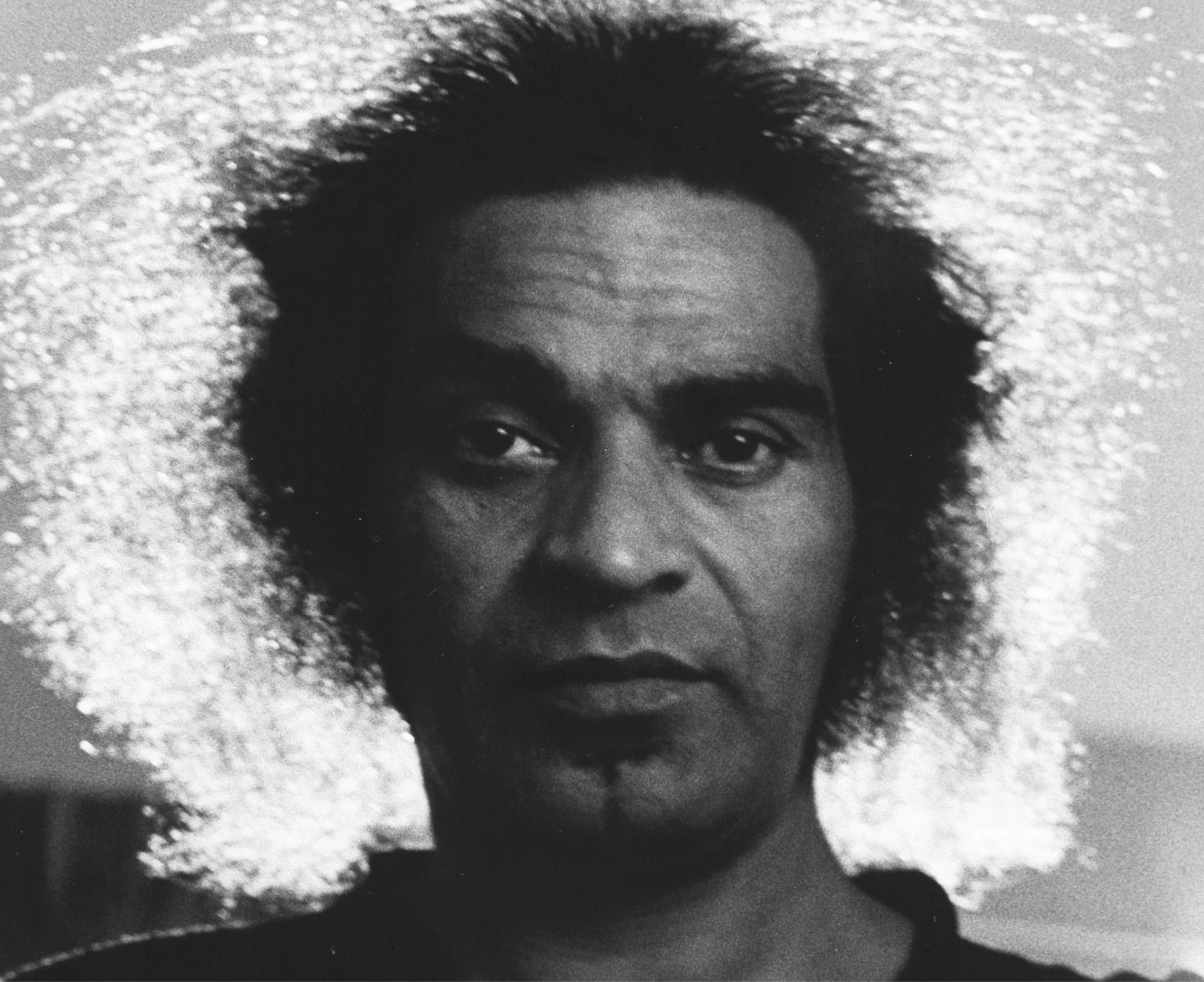G. R. Santosh
G. R. Santosh
G. R. Santosh
|
1929 - 1997 G. R. Santosh |

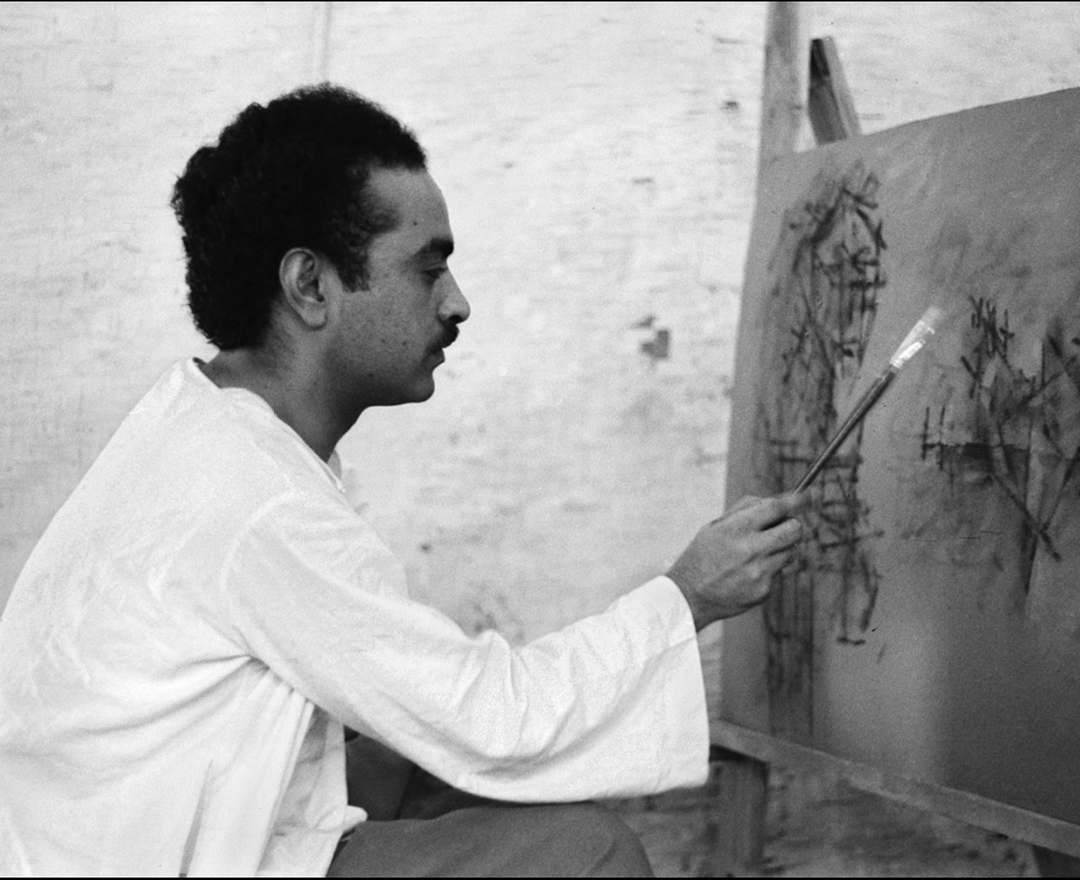
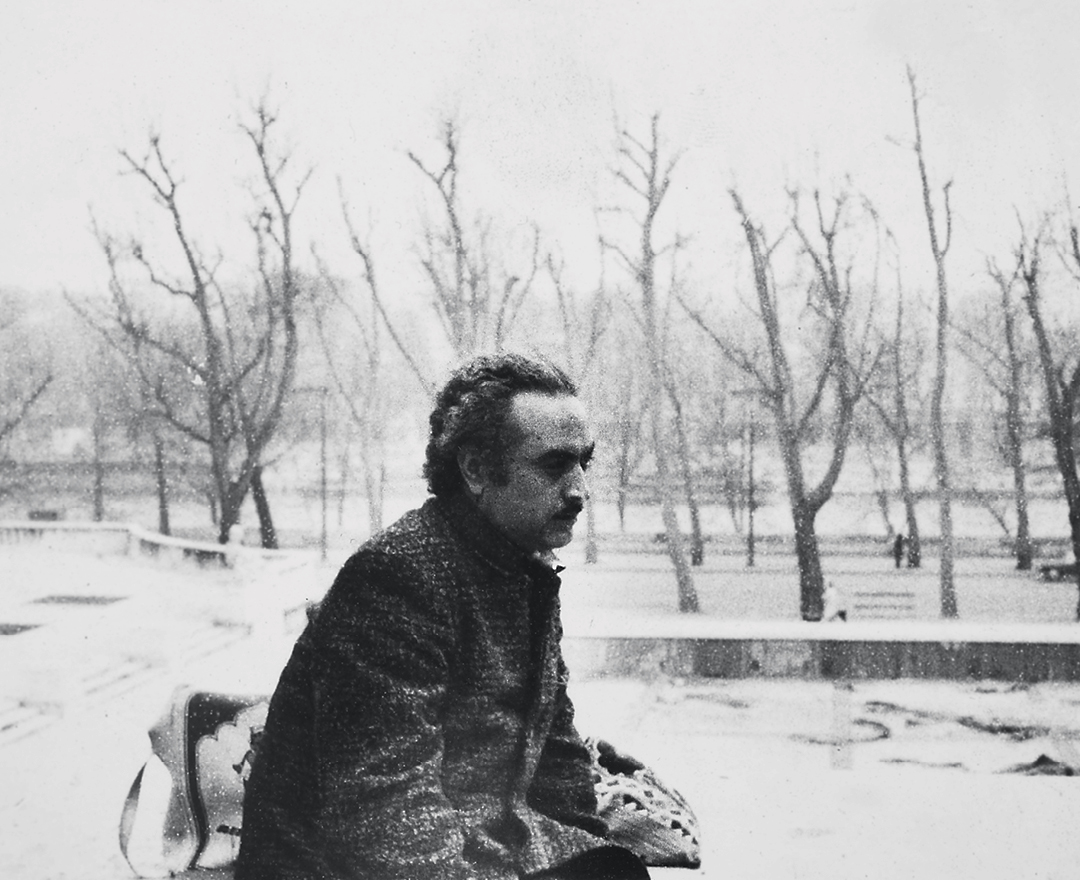
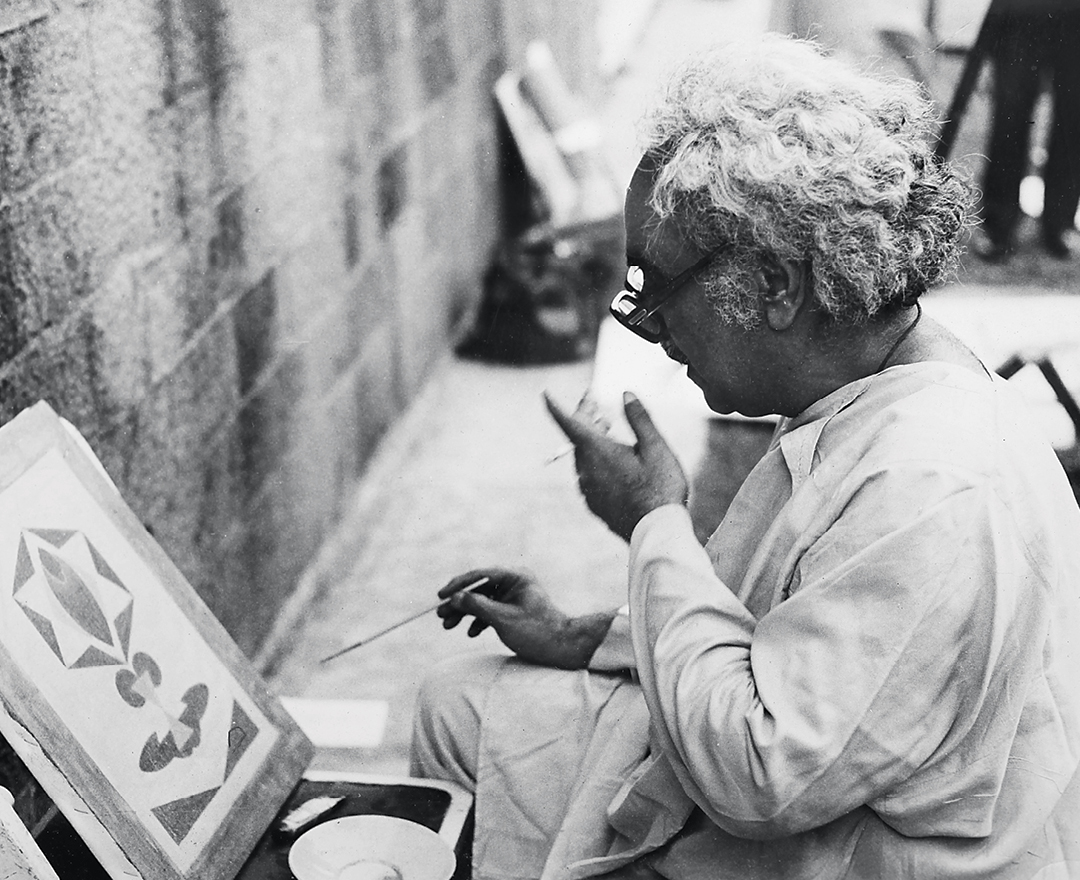
‘The common perception about tantra has been one of magic. Art relating to tantra has been informed by the same perception’
G. R. SANTOSH
artist timeline
artworks
dag exhibitions
|
The ‘Manifestations’ series of 20th Century Indian Art’, Editions V, VI, VII, VIII, IX, X, XI |
|
DAG, New Delhi and Mumbai, 2011-14 |
|
‘Indian Landscapes: The Changing Horizon’ |
|
DAG, New Delhi, 2012 |
|
‘Awakening: A Retrospective of G. R. Santosh' |
|
DAG, New Delhi, 2012; Mumbai, 2014 |
|
‘The Naked and The Nude: The Body in Indian Modern Art’ |
|
DAG, New Delhi, 2013; Mumbai, 2015 |
|
‘Indian Portraits: The Face of a People’ |
|
DAG, New Delhi, 2013; Mumbai, 2014 |
|
‘Indian Divine: Gods & Goddesses in 19th and 20th Century Modern Art’ |
|
DAG, New Delhi and Mumbai, 2014 |
|
‘Indian Abstracts: An Absence of Form’ |
|
DAG, New Delhi, 2014; Mumbai and New York, 2015 |
|
‘India Modern: Narratives from 20th Century Indian Art’ |
|
DAG, New York, New Delhi, Mumbai, 2015; Chandigarh, 2017 |
|
‘The Fifties Show’ |
|
DAG, New Delhi, 2020 |
|
‘The Sixties Show’ |
|
DAG, Mumbai, 2020 |
|
‘Ways of Seeing: Women Artists | Women as Muse’ |
|
DAG, New Delhi, 2021 |
|
‘Home is a Place / Interiority in Indian Art’ |
|
DAG, New Delhi, 2021 |
|
‘Indian Blue: From Realism to Abstraction’ |
|
DAG, New Delhi, 2021 |
|
‘Iconic Masterpieces of Indian Modern Art’ |
|
DAG, Mumbai, 2021 |
|
'Kali: Reverence and Rebellion' |
|
DAG, New Delhi and Mumbai, 2024 |
notable collections
|
National Gallery of Modern Art, New Delhi |
|
Jehangir Nicholson Art Foundation, Mumbai |
|
Government Museum and Art Gallery, Chandigarh |
|
Kejriwal Museum, Karnataka Chitrakala Parishath, Bengaluru |
|
Amar Mahal Museum and Library, Jammu |
|
CITI India Corporate Collection |
|
Air India Museum, Mumbai |
|
Glenbarra Art Museum, Himeji |
|
Hirshhorn Museum and Sculpture Garden, Washington D.C. |
|
Peabody Essex Museum, Salem, Massachusetts |
|
Whitney Museum, New york |



